
CHRISTOPH VON DOHNÁNYI - IN REHEARSAL
Joseph Haydn





Joseph Haydn
CHRISTOPH VON DOHNÁNYI - IN REHEARSAL
1998
Soloists:
Meyeric Alexander (principal bassoon), Keith Bragg (principal piccolo), Justin Jones (violin), David Thomas (violin)
Orchestra, Chorus:
London Philharmonic Orchestra
Conductor:
Christoph von Dohnányi
Director:
Barrie Gavin
At the start of the 1997/1998 season, the renowned German maestro Christoph von Dohnányi, Music Director of the Cleveland Orchestra, also took up the appointment of Principal Conductor of the Philharmonia Orchestra, a natural progression form his previous role as Principal Guest Conductor. This highly-acclaimed conductor is known for his scrupulous concern for textural detail, cogent structural logic and his dedicated respect for the scores he works on. Recording the In Rehearsal programme, the cameras were witnessing part of the process of development of a new relationship between an orchestra and its Music Director. Dohnányi is seen working with the Philharmonia on Haydn’s Symphony No. 88 in G for a concert in their 1998 Haydn/Bartók series at London’s Royal Festival Hall. It was to be Dohnányi’s first Haydn performance with the orchestra and so the limited time available for preparation was of vital importance. The musician’s appreciation of his musically precise and exacting approach is evident in the concentrated atmosphere of rehearsals and also in comments they make about working with the maestro.
Label:
Arthaus Musik
Genre:
Dokumentation
Running Time:
59
Picture Format:
4:3
Sound Format:
PCM Stereo
Number of Discs:
1
Region:
2, 5
Languages:
GB
Subtitle Languages:
DE, FR, ES
EAN:
4006680102887
UPC:
4006680102887
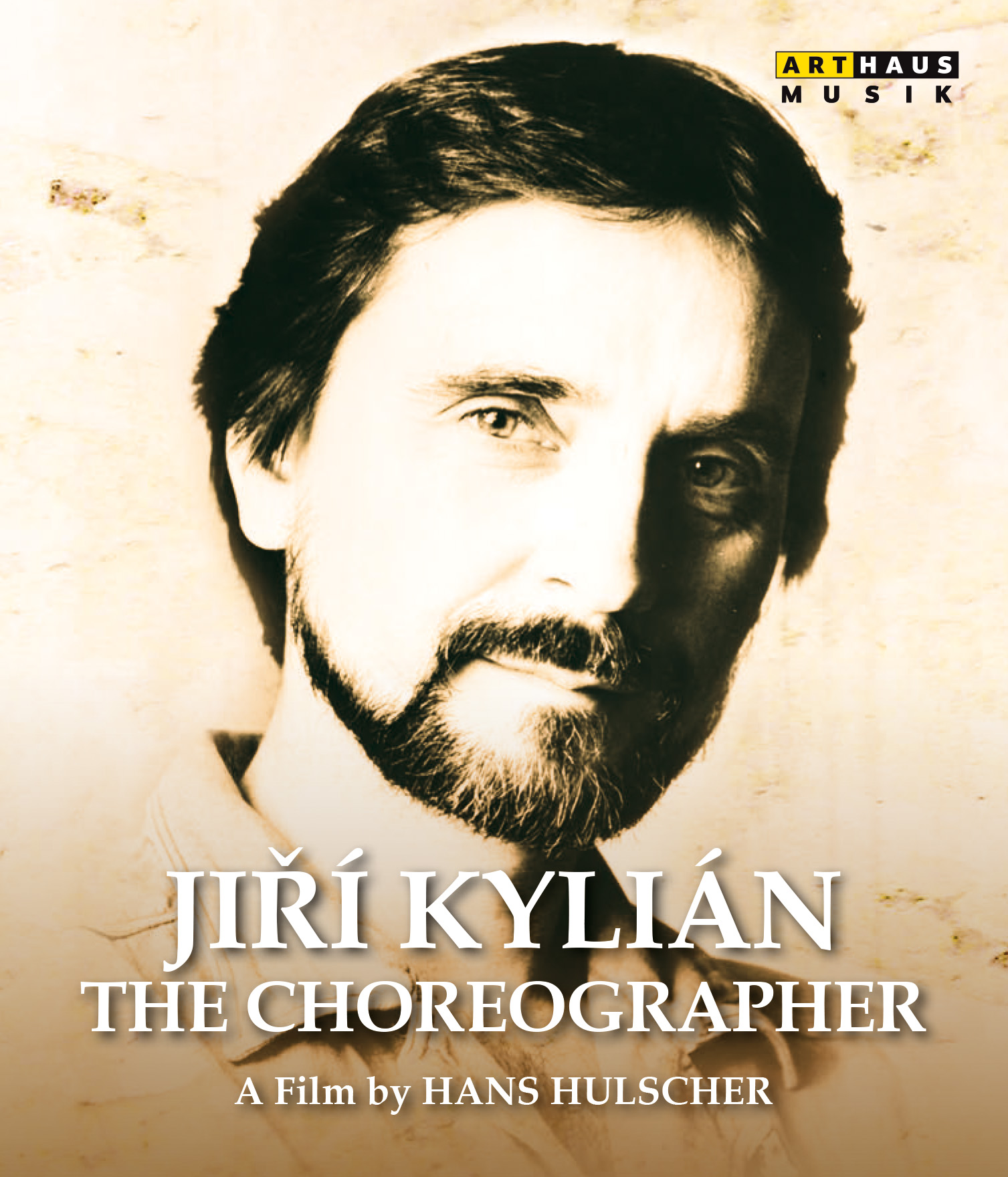
The acclaimed Czech choreographer Jirˇí Kylián had worked with the Nederlands Dans Theater as artistic director and house choreographer continuously since 1975. From “a bunch of rebels, afraid of drowning in a lake of swans”, the company and Kylián have gained an international reputation which places them in the heart of the(...)
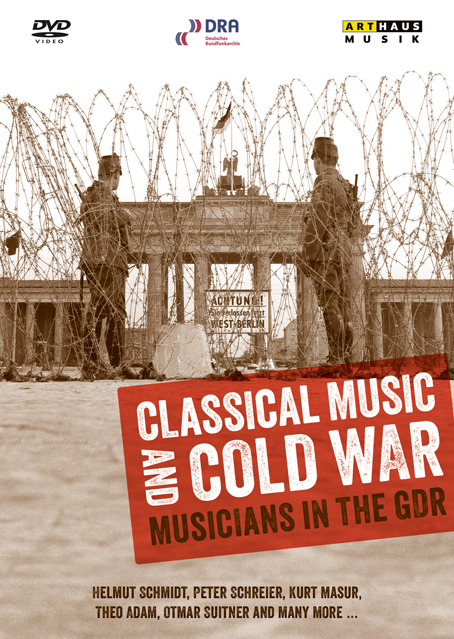
In 1945, after the war had ended, the world split into East and West in political terms. The frontier between the two blocs cut straight through Germany and quickly became a dividing line between contrasting cultural systems. In the Soviet occupation zone, major opera houses and concert halls rose again from the ruins and long-established(...)









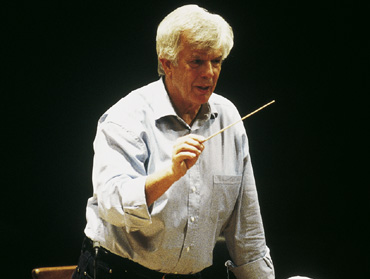


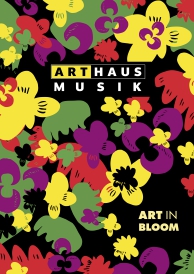 PDF Download (5,5 MB)
PDF Download (5,5 MB)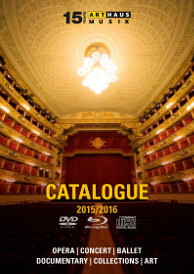 PDF Download (6,7 MB)
PDF Download (6,7 MB)